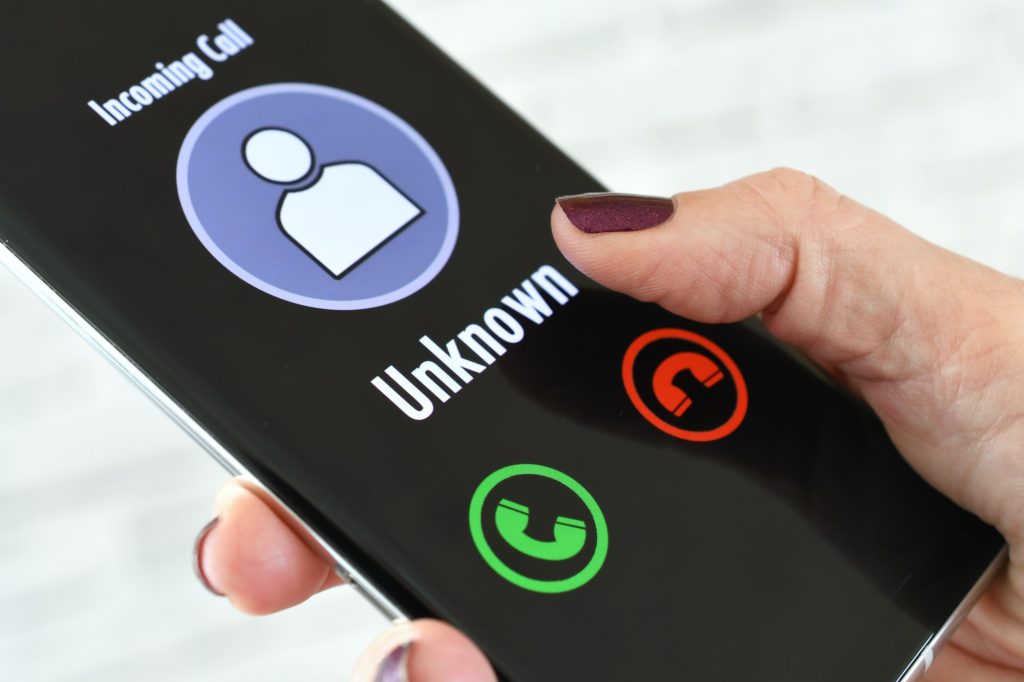In the digital landscape we navigate daily, the threats are not just viruses or malware; they come disguised as regular communications. These deceptive tactics—Phishing, Smishing, and Vishing—are the wolves in sheep’s clothing of the cyber world. Understanding these threats is not just beneficial; it’s imperative for both individuals and businesses, especially SMBs and Micro-SMBs. So, let’s delve into the nitty-gritty of these terms and arm ourselves with the knowledge to counteract them.

Phishing is the granddaddy of online scams, primarily executed through email. Imagine receiving an email that appears to be from your bank, complete with logos and official language, urging you to update your account details. The objective is to trick you into divulging sensitive information, such as login credentials or credit card numbers. The sophistication level of these scams has escalated, making them increasingly difficult to spot. Therefore, vigilance and scrutiny are your first lines of defence.
Smishing is essentially Phishing executed via SMS. It’s the younger, more agile sibling that capitalises on the immediacy and personal nature of text messages. You might receive a text claiming you’ve won a prize, complete with a link to claim your “reward.” The catch? The link leads to a fraudulent website designed to harvest your personal information. Smishing exploits the trust we inherently place in text messages, making it a potent and effective scamming method.
Vishing, or voice phishing, elevates the scam to an even more personal level—voice communication. Here, the scammer calls you, often spoofing caller IDs to appear legitimate. They might pose as tax authorities, tech support, or even a family member in distress. The objective remains the same: to extract sensitive information or money. Vishing scams often employ psychological tactics, such as urgency or intimidation, to force quick, thoughtless actions.
Cyber Awareness is the knowledge and understanding of potential cyber threats and the measures one can take to mitigate risks.
No, Phishing can also occur through websites, social media, and even phone calls.
Scams can be reported to local law enforcement agencies and online platforms like the CertNZ.
Absolutely, small businesses are often targeted due to less stringent security measures.
Antivirus software, firewalls, and secure Wi-Fi networks are essential tools for boosting your Cyber Awareness.
Example Text Message:
“Dear [Customer’s Name],
We’ve noticed suspicious activity on your account. Your account will be locked within the next 24 hours for security reasons unless you update your details immediately.
Click here [malicious link] to update now.
Sincerely,
Your [Bank’s Name] Security Team”
All these scams—Phishing, Smishing, and Vishing—rely on social engineering, the art of manipulating individuals into divulging confidential information. Think of social engineering as the puppet master behind the curtain, orchestrating these scams to play on human psychology. It’s a calculated exploitation of trust, urgency, and the lack of Cyber Awareness, making it the linchpin of these cyber-attacks.
Identifying a scam requires a multi-faceted approach. First, scrutinise the source. Authentic organisations will rarely, if ever, ask for sensitive information via email, text, or unsolicited calls. Second, pay attention to the language. Poor grammar, misspellings, and generic greetings are often telltale signs. Lastly, trust your instincts. If something feels off, it likely is. Always double-check with official sources before taking any action.

To guard against Phishing, employ spam filters to sift out suspicious emails. Always hover over URLs to verify their legitimacy and be wary of pop-up windows asking for credentials. Implement two-factor authentication (2FA) wherever possible. These measures act as multiple layers of security, making it increasingly challenging for scammers to succeed.
Clone Phishing: Attackers replicate a legitimate email you’ve received but alter the content or attachment with malicious links or files. Always double-check even familiar-looking emails.
Whaling: This is a targeted form of phishing aimed at senior executives. The emails are crafted to look like critical business communications.
Watering Hole Attack: Attackers infect a website you frequently visit, aiming to compromise your system during your next visit. Ensure the websites you visit are secure (HTTPS).
Deceptive Phishing: Attackers impersonate a legitimate company to steal your login credentials. Look for signs like poor grammar and generic greetings.
Pharming: Attackers redirect traffic from a legitimate website to a fraudulent one. Always check the website’s URL to ensure it begins with “https.”
For Smishing, the rules are straightforward but effective. Do not respond to texts from unknown or suspicious numbers. Refrain from clicking on any links or downloading attachments. If the text claims to be from an organisation you’re affiliated with, verify by contacting them through official channels. Reporting the scam to your service provider can also help prevent the spread.
Urgency and Scarcity: Messages often create a sense of urgency to prompt quick action, like “Your account will be locked unless you update your details immediately.”
Masquerading as Trusted Entities: Messages often come disguised as trusted organisations. Always verify through official channels.
Two-Step Smishing: The attacker sends an initial message without any links but seeks to establish trust. A follow-up message will contain the malicious link.
Reverse Smishing: The attacker asks you to text back specific information, often to confirm that a mobile number is active.
Message Forwarding: The attacker tricks you into forwarding a specific text to multiple contacts, spreading the scam more broadly.
In the case of Vishing, never divulge personal information during an unsolicited phone call. If the caller claims to represent an official organisation, hang up and dial the official number to confirm the inquiry’s legitimacy. Utilise caller ID apps to screen incoming calls and report any suspicious activity to the authorities.
Caller ID Spoofing: Attackers manipulate the caller ID to appear as if the call is coming from a trusted source. Always verify by calling back on an official number.
Voice Cloning: Advanced attacks may use voice cloning to impersonate someone you know. Always verify unexpected requests, even if the voice sounds familiar.
Interactive Voice Response (IVR) Scams: Attackers set up an IVR system to collect your credit card details. Be cautious when asked to enter sensitive information during a call.
Post-Call Manipulation: After a legitimate interaction, the attacker calls you claiming there was an issue and that you need to verify your information again.
Pre-recorded Messages: These are automated calls that instruct you to call back a particular number, usually premium-rate, designed to make money from the call charges.
If you or your organisation fall victim to any of these scams, reporting is not just an option; it’s a responsibility. Your report could be the missing piece in a larger puzzle, helping authorities track down these cybercriminals. Various platforms, including CertNZ, are available for this purpose.
Cyber Awareness transcends individual or organisational safety; it’s a societal responsibility. A collective increase in Cyber Awareness can significantly reduce the efficacy of these scams, making the digital world a safer space for everyone.
Phishing, Smishing, and Vishing are not mythical creatures from folklore; they are real, present, and ever-evolving threats in our digital lives. However, with heightened Cyber Awareness and proactive protective measures, these threats become far less daunting. Equip yourself, educate others, and let’s create a safer digital landscape for all.